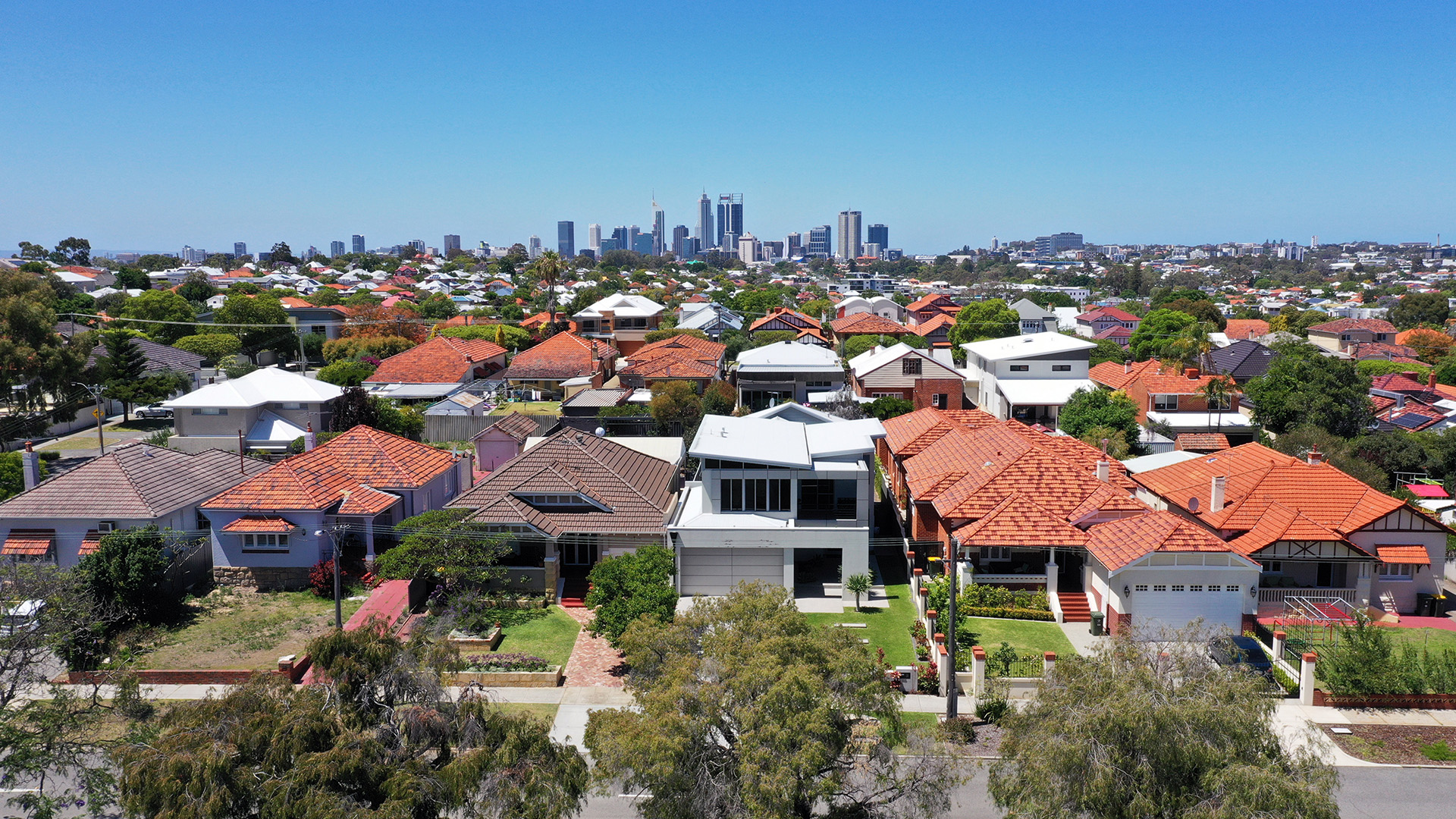
New Colliers analysis reveals that national data centre vacancy could be absorbed in under two years, as infrastructure across Australia struggles to keep pace with exponential data growth.
Australia’s data centre sector is at a pivotal moment, with new analysis from Colliers, based on data from DC Byte, revealing a growing imbalance between soaring demand and constrained future supply, despite the potential supply in the pipeline. As technology advances and cloud-based services become more prevalent, the volume of data generated, stored and accessed is growing exponentially, placing unprecedented pressure on digital infrastructure.
Colliers’ analysis shows that total data centre occupancy in Australia has grown 40-fold over the past 20 years, from just 37 MW in 2005 to 1,315 MW in 2025. Notably, 67% of that growth has occurred in the past five years alone, driven by the pandemic, remote work and the rise of AI. Data centres built for hosting AI workloads have seen take-up rise nearly 27 times in that period.
Gavin Bishop, Colliers Managing Director | Industrial & Logistics, said, “For the first time, we’ve seen two consecutive years where demand has outpaced new supply. Vacancy rates have plummeted nationally, and in key markets like Melbourne, we’re seeing just 5% vacancy, one of the tightest globally.
“In early 2023, it would have taken over eight years to reach full capacity, but by Q1 2025, that figure had fallen to just four months, reflecting a tightening market and sustained demand for local infrastructure. This is not a short-term fluctuation, it’s a structural shift.”
The share of total Australian data centre capacity used for public sector data has grown from less than 1% in 2015 to 12% in 2025, with public cloud environments driving the fastest growth in take-up. This reflects the growing importance of data sovereignty, which refers to data being subject to the laws and governance frameworks of the country in which it is collected and stored. For government and public sector organisations, this means ensuring sensitive data remains within Australian borders, is managed under Australian jurisdiction, and is protected by local privacy and security regulations. As a result, there is increasing demand for secure, localised infrastructure that supports compliance and builds trust.
Public sector data consumption growth is set to continue, fuelled by Australia’s rising defence budget and the 2024 Integrated Investment Program (IIP). While the IIP currently includes $1.5 billion in approved investment for enterprise data and ICT, this could climb to $11 billion if proposed projects proceed. That uplift would increase ICT’s share of defence spending from 1.6% to 2.6%, underscoring Defence’s priorities in sovereign digital infrastructure.
Jordan Pangallo, Colliers Senior Manager | Research, added, “The demand for AI workloads and public cloud hosting is reshaping the landscape. If no new supply were added from today, Australia’s current vacant data centre stock would be fully absorbed in just one year and seven months. This is a dramatic shift from the three years and one month it would have taken to fill vacant stock in 2021 and a clear signal that we need to accelerate infrastructure delivery.”
Despite a national pipeline of 8,181 MW in committed and early-stage development, only 25% of that capacity is currently viable for delivery. The remainder faces significant barriers, including power and water infrastructure constraints, long construction lead times, and regulatory hurdles.
Chris Gallaugher, Colliers Director | Engineering & Design, emphasised, “Not all sites are suitable for data centres. You need the right mix of power, water, connectivity and land use permissions. Even with committed stock, some submarkets could take up to a decade to deliver new capacity. The reality is, we’re facing a bottleneck in infrastructure readiness, compounded by utility providers who are struggling to discern speculative or opportunistic applications from the high-conviction developers backed by quality operators.”
Brisbane and Melbourne are emerging as key growth hubs. Brisbane, which accounts for 20% of Australia’s population, contributed 29% of the country’s annual population growth to December 2024, driving demand for localised data infrastructure. Sydney, while mature, continues to show robust demand. Its committed pipeline could be absorbed in just 11.5 years, underscoring the urgency for ongoing investment.
Melbourne, forecast to become Australia’s largest city by 2032, already has 97% of its under construction pipeline taken up. At current absorption rates, the longer-term pipeline of committed capacity could be exhausted within eight years, well before new projects, which can take a decade or more to deliver, come online, risking a significant capacity bottleneck.
Mr Bishop concluded, “The mismatch between supply and demand presents a compelling opportunity for investors and developers. Strategic, sovereign infrastructure development is no longer optional, it’s a national imperative. Australia’s digital future depends on our ability to deliver resilient, scalable and locally anchored data infrastructure at pace.”











